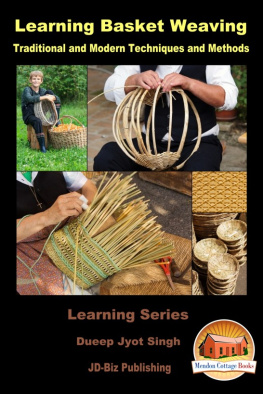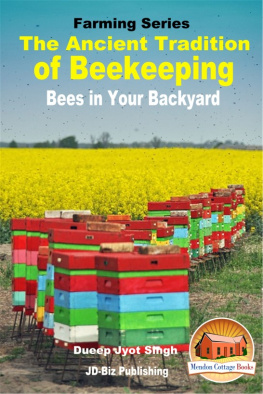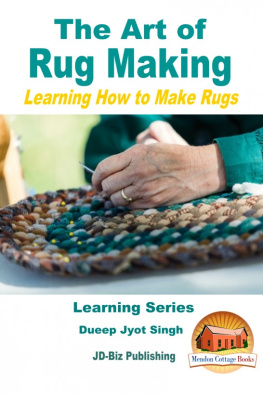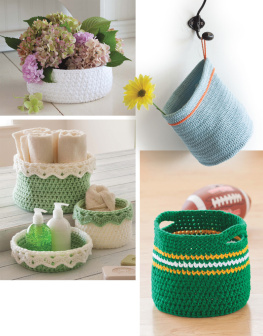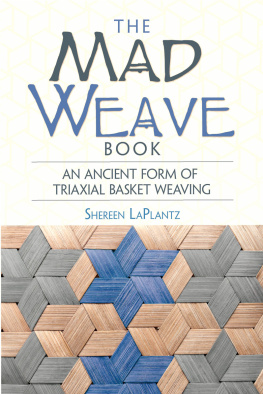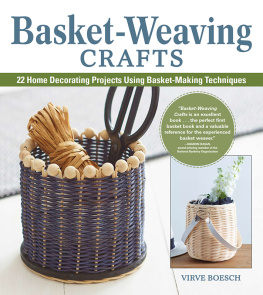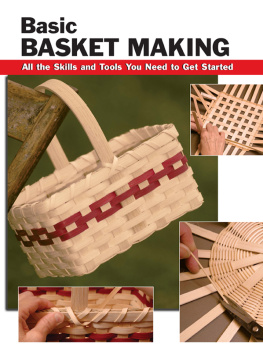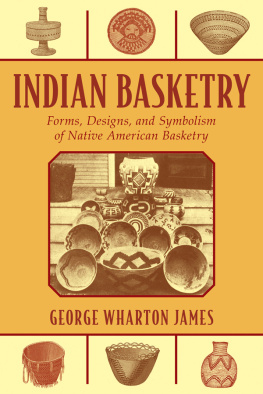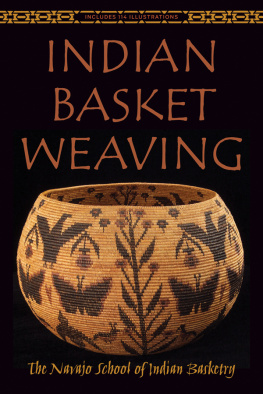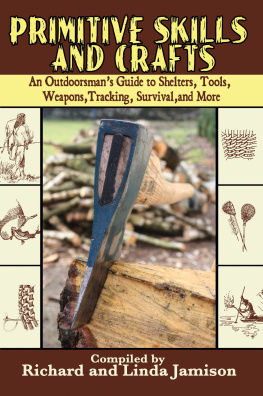Learning Basket Weaving
Traditional and Modern Techniques and Methods
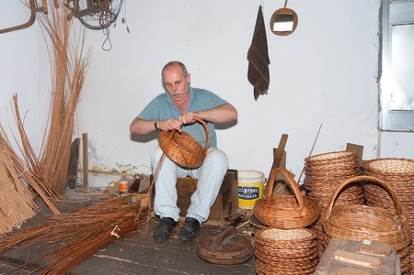
Dueep Jyot Singh
Learning Series
Mendon Cottage Books

JD-Biz Publishing
Download FreeBooks!
http://MendonCottageBooks.com
All Rights Reserved.
No part of this publication may be reproducedin any form or by any means, including scanning, photocopying, orotherwise without prior written permission from JD-Biz CorpCopyright 2016
All Images Licensed by Fotolia and 123RF.
Disclaimer
The information is this book is provided forinformational purposes only. The information is believed to beaccurate as presented based on research by the author.
The author or publisher is not responsiblefor the use or safety of any procedure or treatment mentioned inthis book. The author or publisher is not responsible for errors oromissions that may exist.
Download FreeBooks!
http://MendonCottageBooks.com
Table of Contents
Introduction
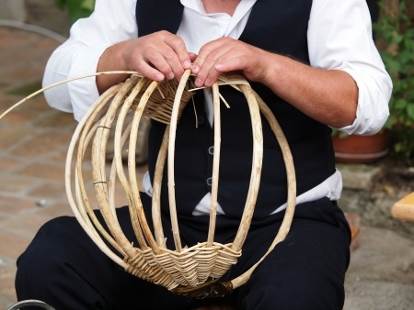
Traditional cane basket weaving
Basket work, basket weaving, or makingcontainers out of cane is possibly one of the earliest crafts knownto man. Archaeologists have found traces in digs, more than 7,000years old in the Middle East, and anywhere where ancientcivilizations settled.
These vestiges of baskets showed that thesepeople used baskets as the molds for clay cooking pots. That wasbecause the imprint of the basket weave showed clearly on the clay.Plaited basket work has also been found in the Nile Delta some ofwhich date back as early as 8000 BC.
Many museums all over the world have apriceless collection of engine basket work usually shown along withancient and early poetry and the common factor seems to be thatbaskets have always been made of any material available that ispliable, native, and the design and the type is going to be largelydependent on the availability of the material.
The moment anybody talks about a basket yousubconsciously associated with bringing home the shopping as theseare nearly always used for carrying or holding things. In fact, Iwould not be surprised if you have one or 2 of these woven examplesin your own house in the shape of lobster pots, especially if youare a looking fisherman, potato baskets to hold vegetables,especially if you are a farmer, decorative baskets for crediting awine bottle, containers to hold flowers and fruit, containers foryour table to hold bread rolls, wicker baskets, waste paperbaskets, work baskets, lampshades, baby cribs, pet baskets, picniccampers, and houseplant holders The uses of such baskets areglobal and infinite bound only by your creativity andimagination!
This book is going to tell you all about howyou can introduce yourself to this new satisfying craft, and startbasket weaving when you have some leisurely time and energy overthe weekend. You are definitely not going to be disappointed at thereally attractive and soul satisfying final product and who knows,this may be a start of a beautiful new business!
Materialsfor Making the Baskets
People who have been making baskettraditionally are normally known as basket weavers down the ages.These baskets were made from any sort of pliable and flexiblematerial which could be bent, twisted and would stay in that finalshape. These materials included animal hides, thread, grasses,straw, cane, wooden splinters, willow, wicker, seagrass, rushes,raffia, and rattan.
Indigenous people have been using thesematerials for millenniums in order to make these useful things ofbeauty and the techniques have been passed down by the people downthe ages. Millenniums ago, these baskets were used as a medium ofbarter for other goods and they were also used for religious andsocial and traditional ceremonies.
Most of these materials are available. Eventoday, in various thicknesses, lengths and textures and you canalso get them in almost any color as they are sometimes dyedspecially.

Basket work is going to look most effectivewhen the natural color ranging from cream to soft brown is used,even though some people like to mix a combination of dyed and thenatural material together in one piece of basket work.
Traditionally, there are 4 types of basketscoming down from ancient times, and depending on the material whichhas been used in their making.
Plaited basketry uses flax, yucca fibers, andpalms. Here the materials are braid alike and wide.
After that comes the splint or wickerbasketry, where you are going to be using willow, reeds, cane, ash,and oak.
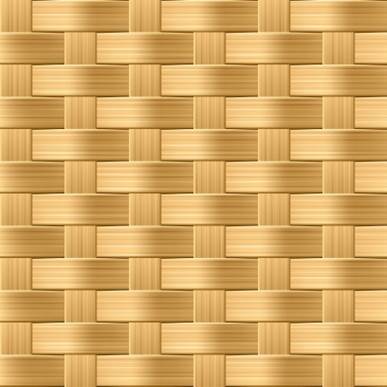
Coiled basketry is made by using rushes andgrasses, as well as straw.
Indigenous people used training methods inorder to make baskets, especially when the materials were eithertree bark or roots. Here we would be having radial spokes whichwere really stiff as a base, and flexible materials which could bewoven easily would be twined and crossed across each another.
This particular basketry method is still verymuch in use today, as seen in the photo given below.
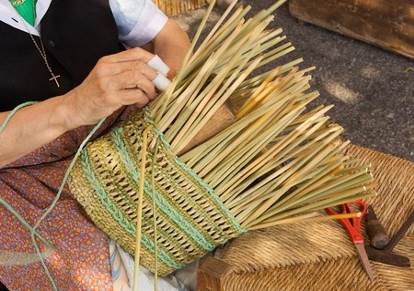
Did you notice the guard on her hands? Thatis because these natural products are quite capable of biting intoyour soft and delicate fingers. And I use tough gloves when I amdoing any sort of basket weaving, even though I am using plasticcane. In my re-weaving-the-chair-seat project. But oh those sharpedges.
Twining is the process which is normally usedto make wicker baskets, even though in many parts of the world, ifthe basket has been made with reeds, it is going to be called arattan basket. In ancient times, these reed baskets especially inancient Egypt were used to store grain as well as beer. They werealso used in religious ceremonies in order to hold items ofsacrifice to the gods.
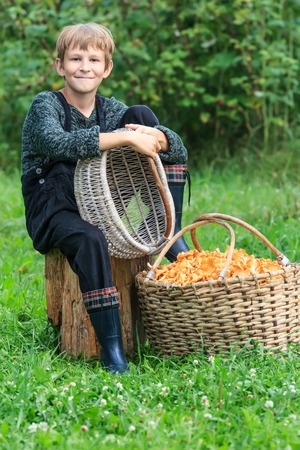
In England, wicker baskets, were thosebaskets which were made from Willows.
The best thing about using reeds is that itis cheap and plentiful. All you have to do is go to a place whereyou can get plenty of reeds, cut them in handfuls, bring them home,and cut them to the shape and size which you require.
Round reeds are excellent for twining. Ovalreeds will make round and circular shaped baskets and flat reedsmake square shaped baskets. You can also dye them according to thecolor you like. In fact, many people dye these reeds and sell themoff as hickory or oak baskets!
So basically before you start any sort ofproject, you are going to need 2 types of cane or basematerial.

